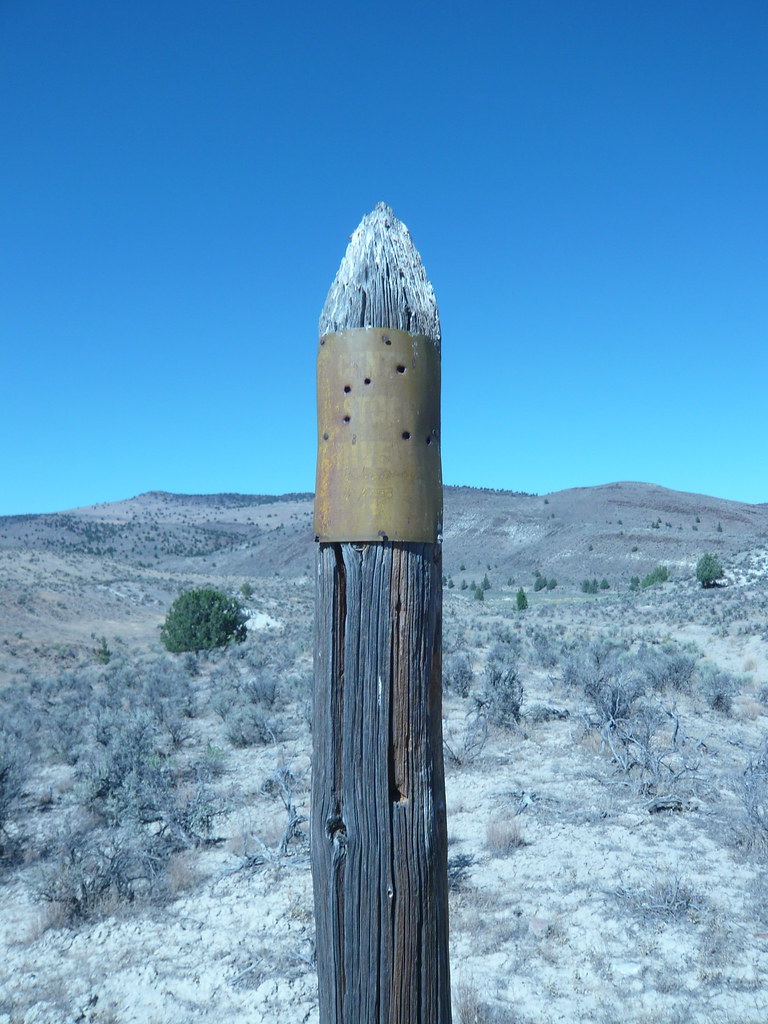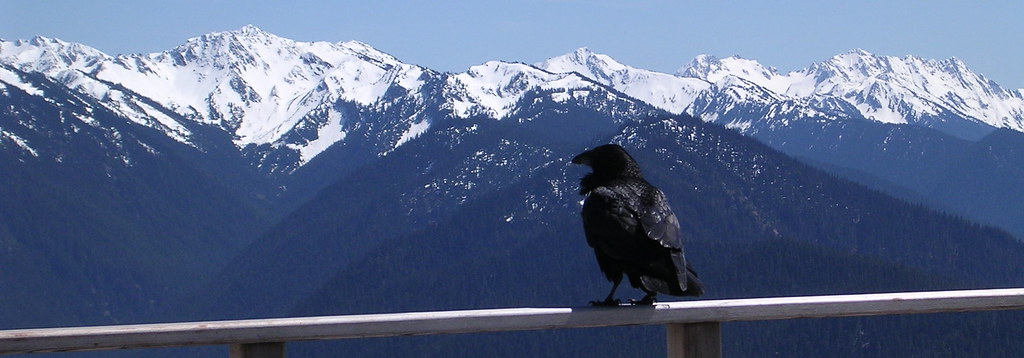One of the best things about living in the US is that you can travel between radically different cultures without ever leaving the country. You could visit, for example, the Deep South and the Southwest and be forgiven for thinking you had just been to opposite sides of the globe. While having such differences can sometimes lead to friction (see the last eight years for an illustration of this point), each region is unique, fascinating, and well worth celebrating. In some areas, this admittedly well-worn axiom is taken at face value, leading to the development of regional holidays. Sometimes these holidays were created to honor a person or event unique to a region (as with Kamehameha Day in Hawai'i or Patriots' Day in New England), and sometimes they evolve from ostensibly nationwide holidays that for one reason or another have strong local appeal (as with Leif Erikson Day in the Upper Midwest and New Orleans' Mardi Gras). Any long-term readers of this blog can probably see where I'm going with this, so I'll cut right to the chase: the Northwest is conspicuous in its lack of a regional holiday, and I think I know just the day we should have one.A month from today is the birthday of James G. Swan, one of the greatest - albeit least known - figures in Northwest history. I could drone on for paragraphs about why Swan was an interesting person, but I'll leave that in the much more eloquent hands of novelist Ivan Doig, who's Winter Brothers is a book I would recommend to anyone with an interest in Swan or, indeed, in the Northwest as a whole. I'll just briefly outline why I think Swan embodies the best of this region. First, he wasn't born here, but in Massachusetts. This may sound counterintuitive, but when you consider that the region's history has been driven by exploration (e.g. Lewis and Clark) and immigration (e.g. The Oregon Trail) it's really very appropriate. Second, unlike many of his contemporaries, his relationship with the many Native Americans he encountered was, it appears, mutually positive. He saw the region's tribes not just as savages or anthropological curiosities, but as the complex, living cultures they were (and still are). Third, and most importantly, he loved the Northwest and made this abundantly clear in his writing. He lived On Willapa Bay, among the Makah on the Olympic Peninsula, and in Port Townsend on Puget Sound. He travelled to Astoria in Oregon and the Haida Gwaii in British Columbia, and he wrote glowingly of his experiences in all these places. Few people have ever taken to an adopted home more enthusiastically and more wholeheartedly, and at least to my mind there is no date more appropriate for a Northwestern regional holiday.
Many of you may think this is some elaborate and long-winded - though not particularly funny - joke. It's not. I'd estimate that at least half of the posts on this blog are paeans to the cultural and physical landscape of the Northwest (which is why, incidentally, I'm not bothering to defend my assertion that the region deserves to be celebrated; there's plenty of that elsewhere on this site). Many of you out there, of course, are from elsewhere and don't feel any particular connection to Oregon, Washington, or BC, in which case there's no reason this should affect you. However, for those of you who consider yourself Northwesterners, be you native or adopted, I suggest you mark January 11th on your calendars, and if you have friends who you think are likely to be enthusiastic about this hare-brained idea, mention it to them as well. I'm not advocating anything extravagant here, mind you. The last thing the world need is another made-up holiday when people are expected to throw money at cards, gifts, or fancy meals. For many of us who call the Northwest home, though, I think there's a great deal to be said for recognizing what it is that we appreciate about it.














